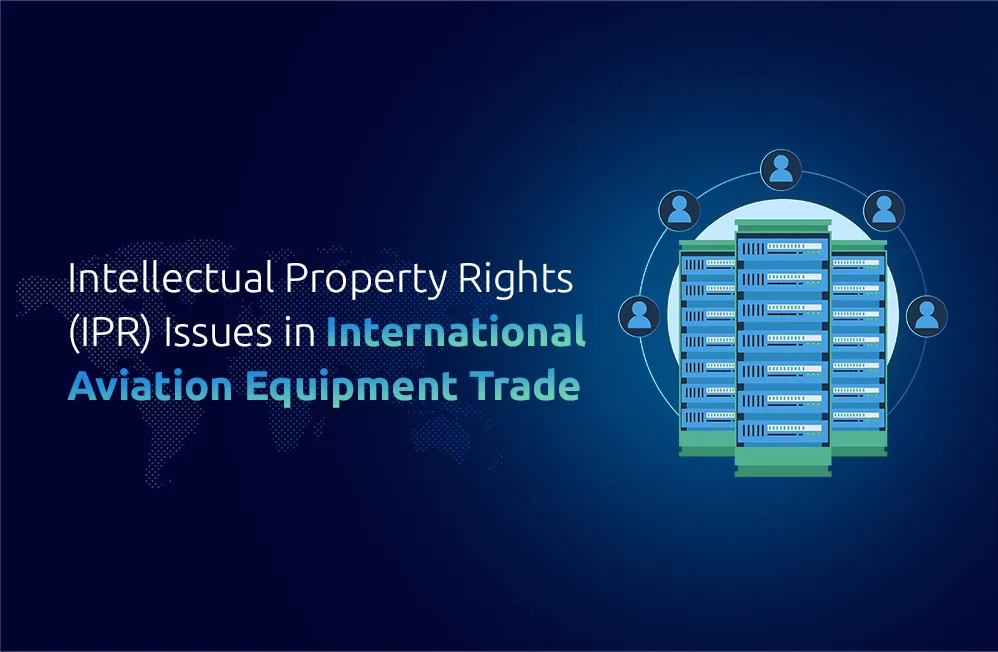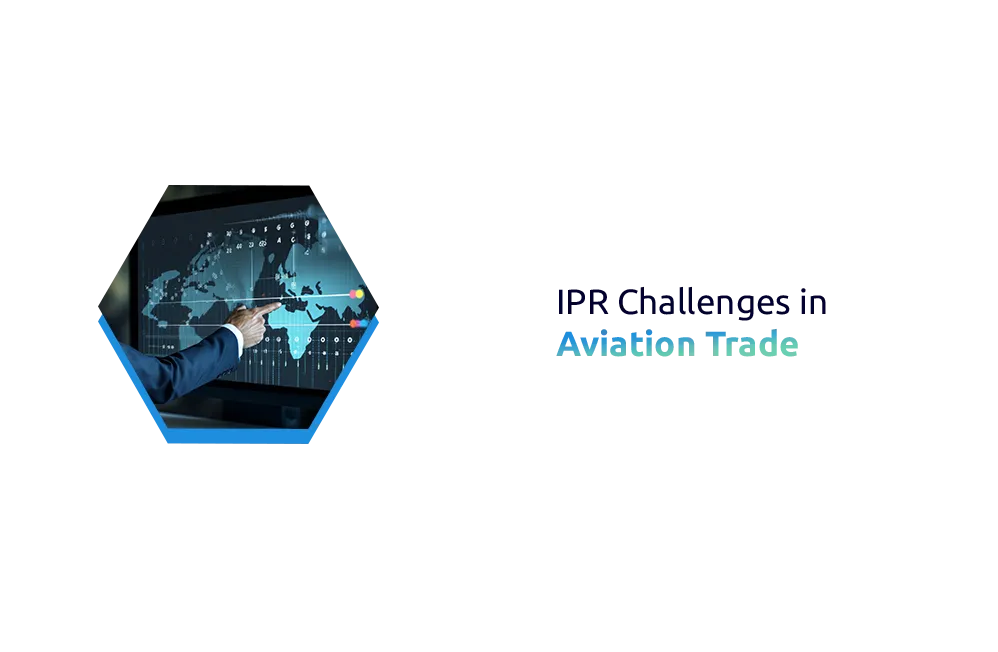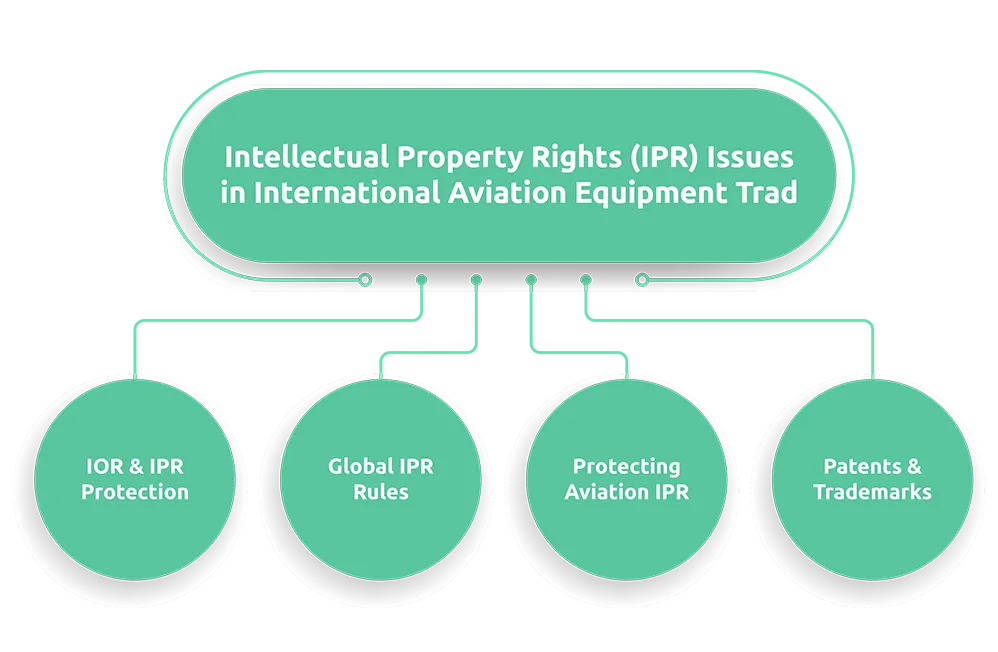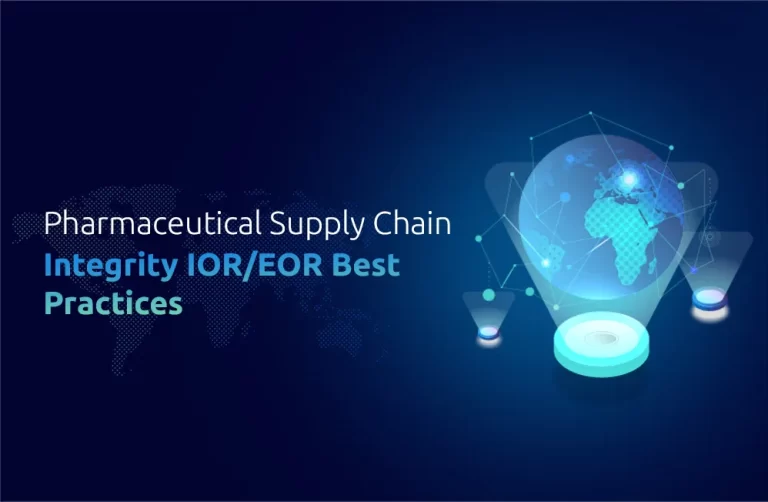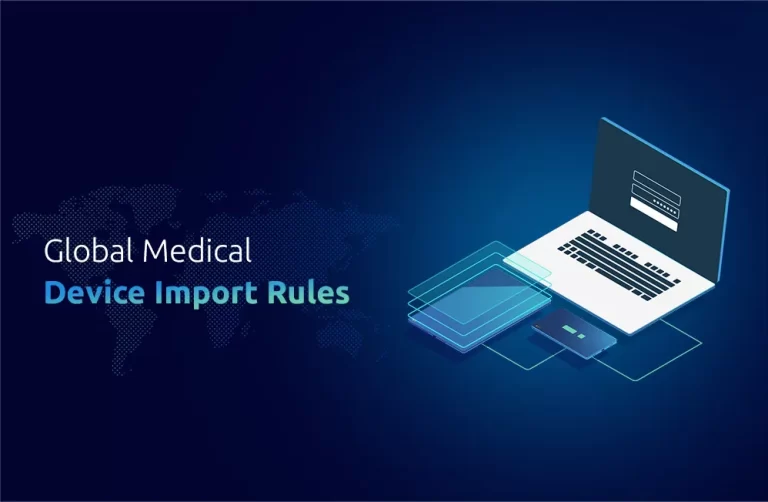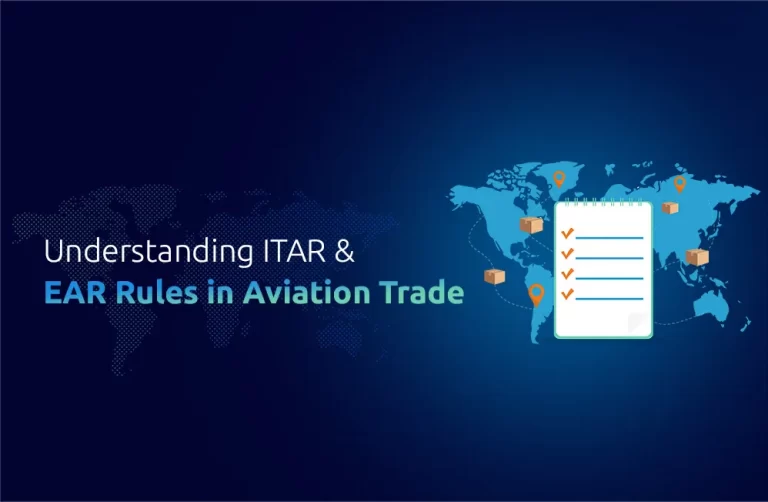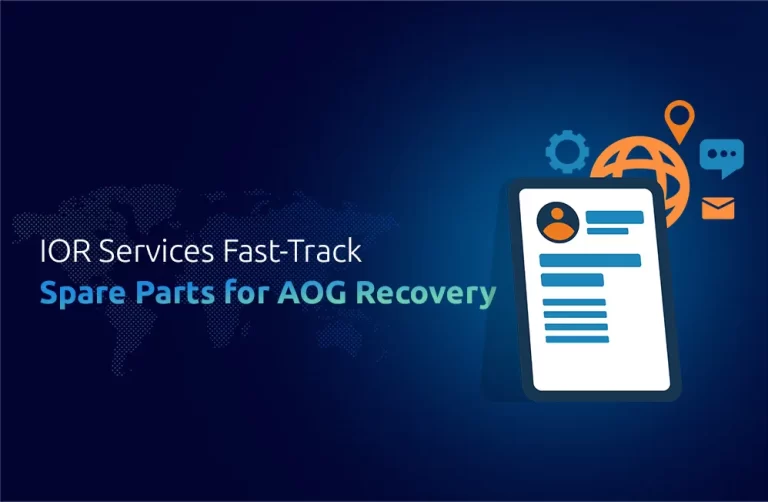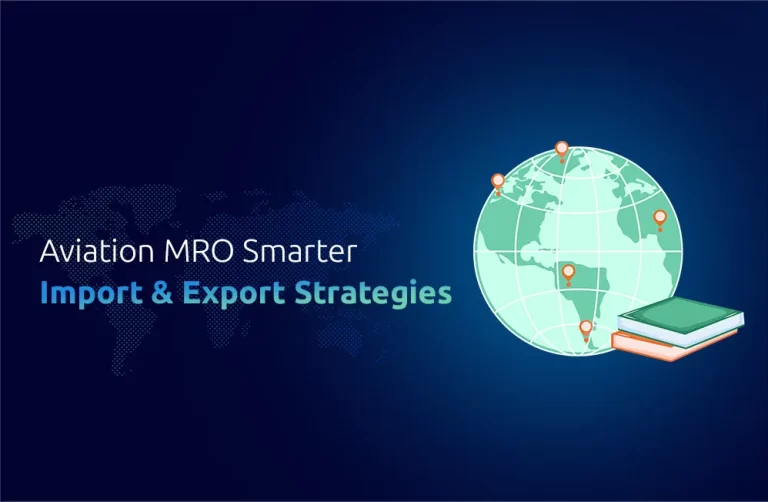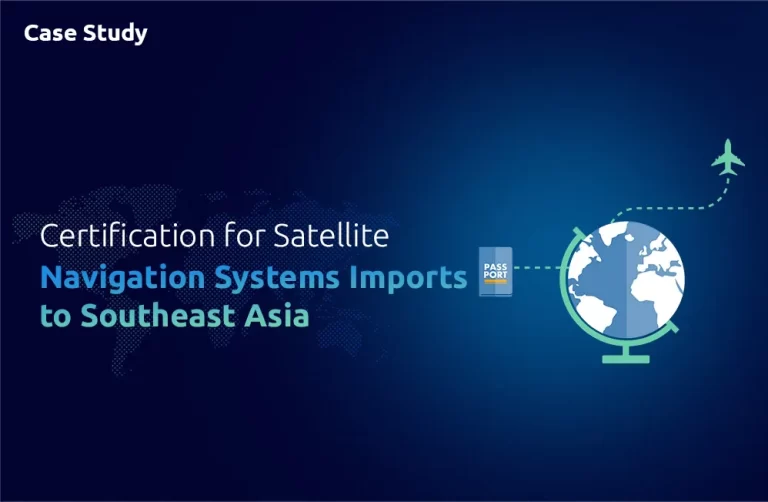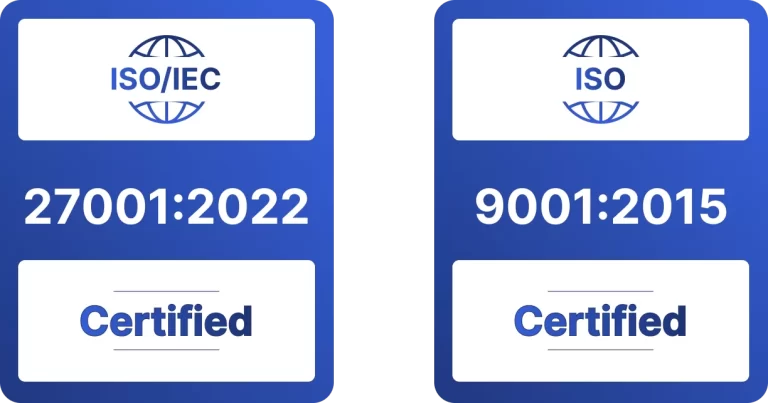Insight
The global aviation sector, the backbone of global trade and tourism, fuels technological innovation. All of the aircraft, components, and systems that make air travel a reality require years of development research, and engineering work. In this rapidly evolving and strictly regulated industry, securing Intellectual Property Rights (IPR) is vital to defend innovations, thus helping to ensure competitive advantage. Yet traversing IPR in the global aviation equipment commerce has gone through its fair share of bumps, hurdles, and barriers ranging from legal complexities to counterfeit dangers. For manufacturers, suppliers, and regulatory bodies playing a part in this sector, it is important to comprehend this problem and render it promptly.
Intellectual Property in Aviation Equipment
Intellectual Property is the term used to describe the legal rights to have ownership of and benefit from your creative work, including inventions, designs, and trademarks, which can be protected through patents, copyrights, and trademarks. In the aviation industry, IPR covers inventions related to aviation designs, engine technology, avionics, software systems, and other vital elements. With substantial investments in research and development, these innovations need to be equipped with solid protection.
Given the highly competitive nature of the industry along with the ever-increasing complexity of aircraft systems, the demand for IPR protection has become manifold. With the rising world demand for air transport, the trade of aviation equipment is also increasing, bringing IPR issues to the forefront. Given that IPR poses numerous challenges, the companies who develop and manufacture aviation parts must be cautious to protect their intellectual property.
Insights into Government and Market Research
The World Trade Organization (WTO) estimates that the global aviation industry is one of the key commodities in international trade, with the contribution of aviation-related goods and services to around 2.7% of global GDP. The global trade value added by the air transport industry was around $2.7 trillion in 2020.
In addition, according to the OECD, in 2016 global trade in counterfeit and pirated goods represented 3.3% of total trade. Counterfeiting is a huge issue within aviation, with some estimates indicating that over 8% of aviation parts in Europe are suspected to be counterfeit or substandard. Well, that presents a huge risk to manufacturers and consumers, because counterfeit pieces won’t necessarily pass the strict safety tests that all aviation equipment must go through.
Moreover, a European Union Intellectual Property Office (EUIPO) report notes that the theft of intellectual property in the aviation sector costs the industry billions of dollars each year. The growing prevalence of counterfeit components and the gray market endangers safety and impacts the profitability and reputation of legitimate manufacturers.
Proposed Solutions to the Challenges of IPR in the Trade of Aviation Equipment
Aligning International IPR Laws
Impeccable harmonization of intellectual property rights laws internationally is the key remedy to lessen IPR challenges in the aviation sector. The TRIPS and other existing agreements lay a good foundation, but we must act further to develop a coherent and enforceable framework for high standards across countries. Governments and international organizations can also collaborate to help strengthen the implementation and enforcement of IP laws around the world.
Enhancing Enforcement Mechanisms
Ensuring stronger enforcement of IPR laws is critical to protect innovation in the aviation sector. Government agencies need to work closely with industry stakeholders to bolster customs control, stiffen penalties for counterfeiters, and streamline legal proceedings for retribution related to IPR infringements. Increased collaboration among countries can prevent fake aviation parts from entering the supply chain by tracking them down.
Technology Safeguarding and Cooperation Structures
For companies involved in technology transfer and international partnerships, a more robust intellectual property regime is an area of high importance. In addition, this involves depending upon strong non-disclosure agreements (NDAs) of things, as well as licensing agreements as well as technology protection mechanisms, such as security and also accessibility controls. Bolstering IP protections mitigates the risks of sharing proprietary technologies with international partners.
Conclusion
With the increasing global reach of aviation equipment trade, the protection of intellectual property is critical. The hurdles posed by lack of standardization in legal frameworks, patent violations, counterfeiting, and intellectual property transfer dangers call for concerted efforts from governments, manufacturers, and regulatory authorities. With proper strategies to deter bad behavior, including enhanced enforcement mechanisms and international collaborations, continued innovation in the aviation sector can be maintained despite these risks. The aviation industry faces immense challenges due to these issues, and companies like One Union Solutions help the industry to deal with problem like that.
Did You Know,
The World Trade Organization states that the global aviation industry contributed $2.7 trillion to the global GDP by 2020.
FAQs
- Why is IPR relevant in the aviation equipment business?
Ans: Intellectual Property Rights are legal rights that grant creators and inventors control over the use and application of their innovations like aircraft designs, aerodynamics, engine technology, and advanced systems like avionics.
- What are some of the main challenges to protecting aviation-related IPR in an international context?
Ans: The major challenges are inconsistent IP laws across borders, risks of patent infringement, counterfeit parts, and also enforcing the IP rights will be more challenging to the organizations in some regions.
- What is the impact of counterfeiting on the aviation industry?
We are aware that the use of fake aviation components can jeopardize safety and performance because they are frequently inferior and not subject to the stringent testing that valid parts undergo.
- What can companies do to safeguard their IPs in international markets?
Ans: Firms can patent their innovations in different jurisdictions, create non-disclosure agreements with partners, and collaborate with customs authorities to stop counterfeit goods from entering the marketplace.
- How significant is the aviation sector to the global economy?
Ans: Per the World Trade Organization, the global aviation industry contributed $2.7 trillion to world GDP in 2020.

